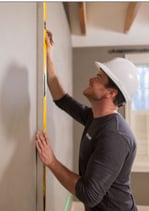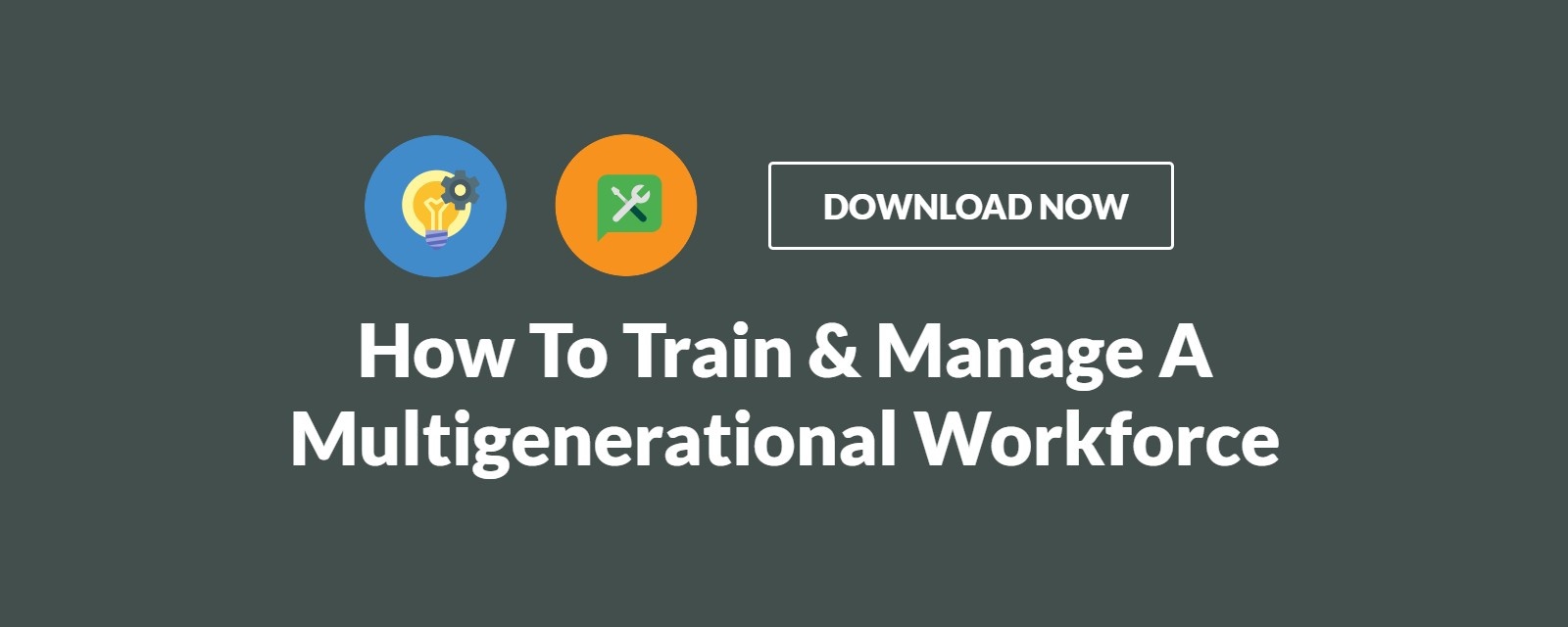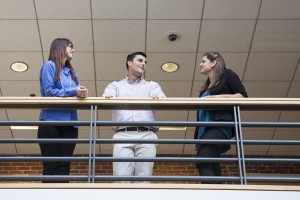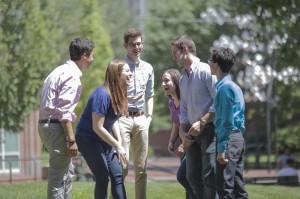Whether your multi-generational gap is a family affair or a gap of employees completely unrelated to each other, how you set the stage for knowledge transfer — passing the torch — to the next group of subject matter experts is a critical move. Popular contractor Mike Holmes took the topic to air in his family's TV show called Holmes: Next Generation.
 “There is a huge shortage in skilled trades because the next generation is being pushed exclusively into careers that require a university education. The skilled trades are the backbone of our country. It is not that they are more important than other jobs, but they need to stop being looked at as if they are less important”. Mike Holmes Jr.
“There is a huge shortage in skilled trades because the next generation is being pushed exclusively into careers that require a university education. The skilled trades are the backbone of our country. It is not that they are more important than other jobs, but they need to stop being looked at as if they are less important”. Mike Holmes Jr.
→→ FREE EBOOK: How To Train And Manage A Multigenerational Workforce
Mike teams up with his daughter Sherry and son Mike Jr., who also are home renovation experts. "I've been making it right for homeowners for over 35 years," said Mike. "Now it's time for the next generation of Holmes to step up. But it's not easy living up to my standards." "Dad likes things his way," added Sherry. "But we're getting him to consider our point of view and new ideas that he would never normally choose.
"An inside look at some multi-generational family fun."
Multigenerational workforces are packed full of diversity, which means there are bound to be some differences that cause distance between employees. When employees have conflicting opinions or negative views of one another, it can be a huge task to encourage teamwork and collaboration. And, from a safety standpoint, this can be a massive downfall. Here are a few great ideas on multigenerational training activities that will benefit your workplace.
What are some of the challenges of multigenerational training?
People of different generations tend to have different learning styles. When you’re sending out training materials or conducting training sessions, you’re not dividing your employees into different age groups and catering to them separately. That means you need to find a way to create training that will be effective for every employee, no matter their age, background, or learning style.
Another challenge is in the form of stereotypes and prejudices. Generational stereotypes can be a very real problem in the workplace. Employees are much less likely to work effectively and collaboratively if they are hung up on negative stereotypes about their coworkers.
Lastly, personality conflicts come into play. Different generations tend to have clashing personalities, which can hinder the positive effects of your safety culture. Employees may butt heads from time to time and cause tension in the workplace. It’s important to address these differences so that productivity and safety can remain priorities for your entire team.
How can you address these challenges? There are a few ways you can help to address these challenges within a multigenerational workforce:
Various Teaching Approaches
Using varied teaching styles will guarantee that you engage the most employees. If you stick to one approach that doesn’t work well for some learners, then those employees will always be at a disadvantage. Consider mixing technology use with traditional classroom learning and mentoring for a well-rounded technique.
 “I respect contractors who take on apprentices. We’re facing a serious shortage in the skilled trades, and I love seeing contractors hire youth for their crew. It’s important that we end the stigma in the skilled trades.” Mike Holmes
“I respect contractors who take on apprentices. We’re facing a serious shortage in the skilled trades, and I love seeing contractors hire youth for their crew. It’s important that we end the stigma in the skilled trades.” Mike Holmes
Your millennials will appreciate the use of technology, your baby boomers will appreciate the classroom setting, and you can pat yourself on the back for being efficient with your multigenerational workforce.
Diversity Training
Your workforce is probably full of diversity—in age, cultural background, education, and more. Generational diversity can be just as tricky as cultural diversity in some cases, and so diversity training could be a great option for you.
Every person is different, and that’s definitely not a bad thing. It means everyone can bring something different to the table. But it also means that many employees may have a hard time understanding those differences in perspective. Diversity training can help to educate everyone on those with differing backgrounds and mindsets, which helps to create a more tolerant and accepting environment.
Team building
One of the best multigenerational training activities is team building. Every company has different resources and team members, so it’s important to choose something that will work well for your team and your organization. Team building activities can range from game-show-style competitions to nerf wars, board games, volunteer projects, educational workshops, and music sessions. Even trying out one or two activities will help your employees loosen up and get ready to start thinking about team building.
A key element to keep in mind is to mix it up and pair up employees who don’t know each other well. The whole point of team building is to bring employees together and spark healthy work relationships. By providing team building experiences, your employees can learn to feel more comfortable with one another and to understand one another better. Solidifying these relationships can go a long way in on-the-job communication and your safety efforts.






Leave a Comment